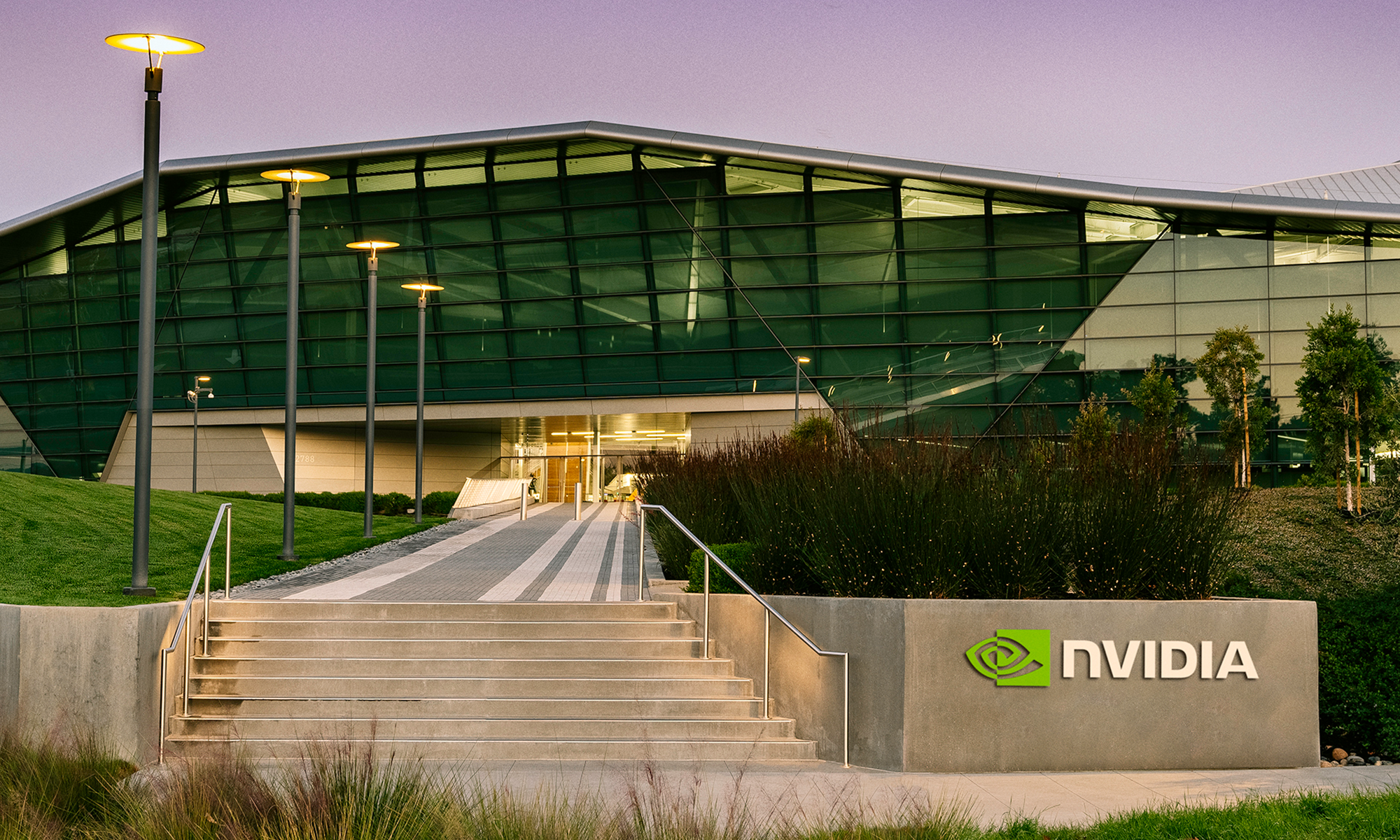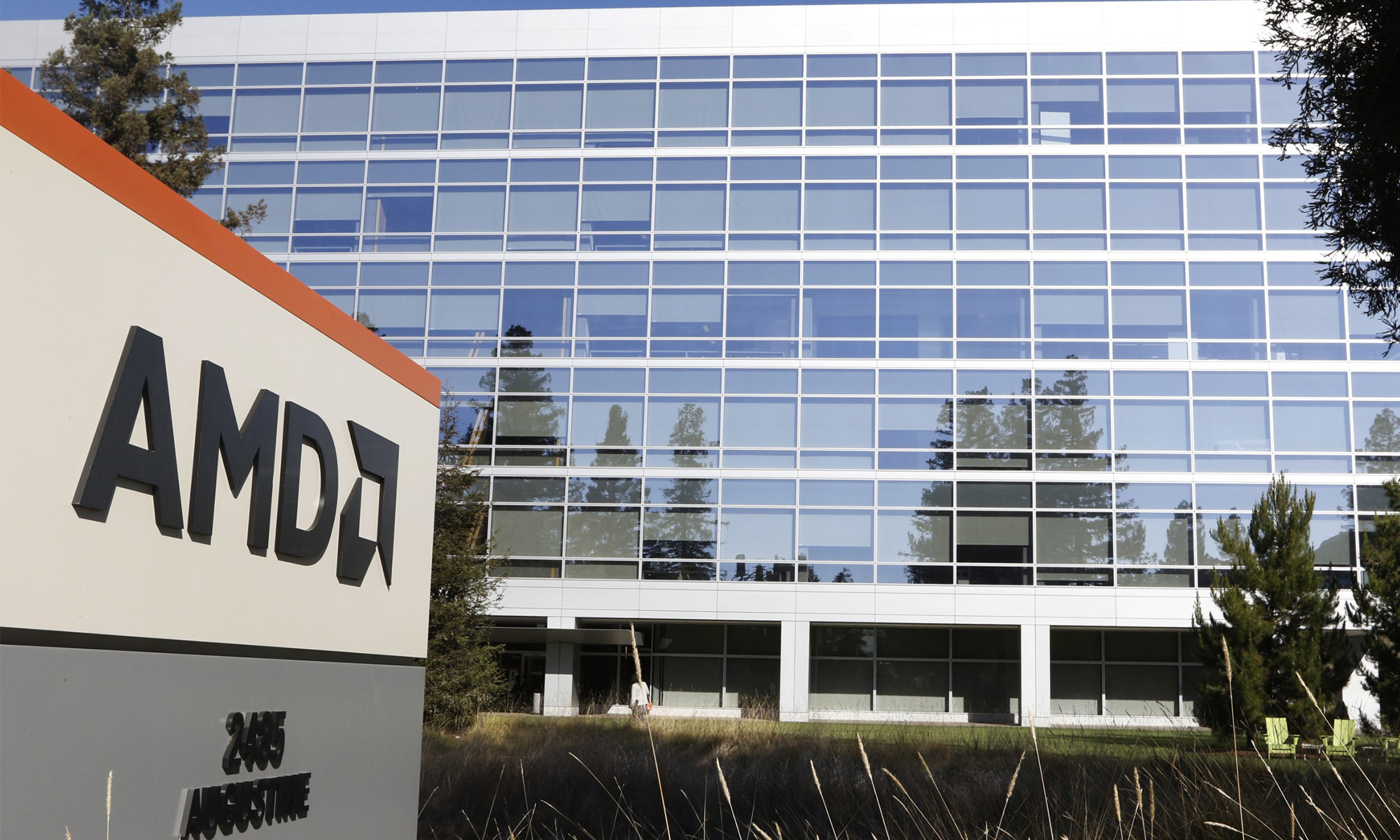As the artificial intelligence (AI) data center race continues to escalate, a string of massive deals has been announced in recent weeks that involve big tech companies like Alphabet or Microsoft agreeing to provide a financial "backstop."
A $6.3 billion agreement between red-hot CoreWeave (CRWV +8.05%) and the company at the very heart of the AI boom, Nvidia (NVDA +1.98%), sent both stocks higher. So what exactly is a backstop, and what does this latest announcement mean for both CoreWeave and Nvidia?
What is a backstop?
A backstop agreement is a safety net -- a guarantee that a company will step in as a buyer of last resort if things don't go according to plan. Many of these deals have involved the guarantee of a lease. If, say, Microsoft agreed to provide a $1 billion backstop for a lease between a data center operator and a cloud provider, the data center operator will be made whole if the cloud provider fails to pay its lease (up to a maximum of $1 billion).
Much like a cosigner on a loan, these backstops from large, successful companies allow smaller companies to access significantly more credit at better rates than they could otherwise.
In CoreWeave's deal, Nvidia is obligated to pay the company up to $6.3 billion through 2032 if the cloud provider has unsold capacity. The agreement was actually signed in 2023, but was only publicly revealed in an SEC filing this month.
CoreWeave needs Nvidia's guarantee
The benefit to CoreWeave is pretty straightforward. Building AI data centers is extraordinarily expensive. There are few companies that have cash flows large enough to pay for substantial data center capacity outright. CoreWeave is using debt -- a lot of it -- to build its data centers and acquire capacity from existing infrastructure providers.

NASDAQ: CRWV
Key Data Points
CoreWeave needs money, and Nvidia's backstop allows it to access the capital it needs. Lenders are much more likely to agree to favorable terms -- or extend credit at all -- when they know one of the most successful companies on the planet is on the hook for billions of dollars.
Since the agreement is not new, its public revelation won't really change anything for CoreWeave's ability to access financing. However, it does help quell growing concerns from investors over the sustainability of its business model. That's great for its stock price.
Nvidia has a lot to gain, too
While CoreWeave's benefits are more readily apparent, Nvidia wins as well. CoreWeave serves an important role in Nvidia's ecosystem -- a role that extends well beyond being just another customer.
CoreWeave lowers the friction for companies that can't afford or justify massive, upfront graphics processing unit (GPU) purchases. Wider access means more sustainable demand. It means more AI workloads inside the CUDA software ecosystem -- a key element of Nvidia's moat -- reinforcing developer lock-in.
It also gives Nvidia a buffer and offloads risk. Nvidia gets to reap the benefits of supplying the AI data center build-out without directly spending its own money to build capacity and drive demand. It lets CoreWeave do so instead. That means it's CoreWeave that is spending enormous amounts of its cash -- and the cash it has borrowed -- to build capacity.

NASDAQ: NVDA
Key Data Points
If AI demand drops sharply, obviously, it would be bad for Nvidia, but it could be disastrous for CoreWeave. Nvidia's obligation to creditors is capped at $6.3 billion. It's CoreWeave that's on the hook for the full amount of its debt.
Critically, the deal is structured so that Nvidia gets to use the unsold capacity it is paying for.
Who wins?
In the short term, both companies get what they need. Over the long term, however, Nvidia is the clear winner. If AI demand continues at the levels we are seeing today, both companies win. If AI demand cools, however, CoreWeave is in a tight spot.
CoreWeave is walking a tightrope, and its success requires AI demand to stay hot. I'm not sure that will happen. It's entirely possible that even if AI succeeds over the long term, there will be a period of retraction. This could prove fatal to CoreWeave given its enormous -- and expensive -- debt load.





